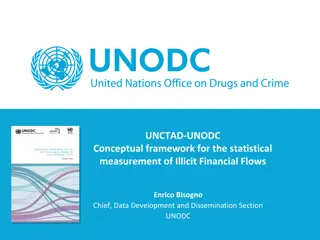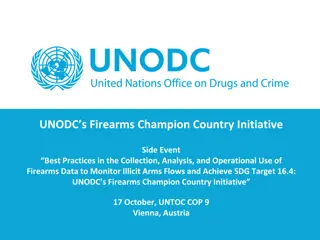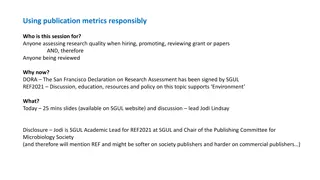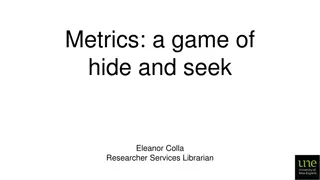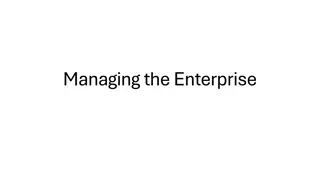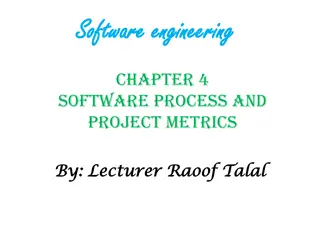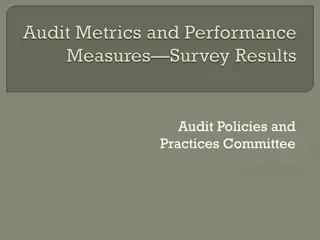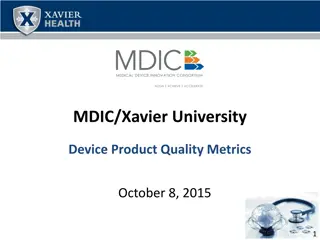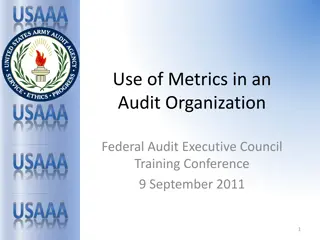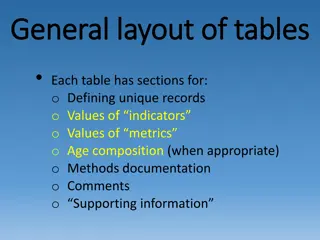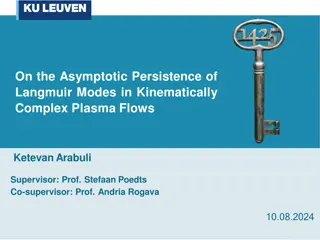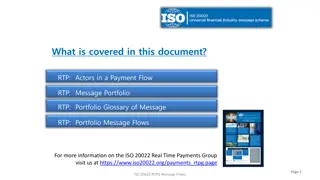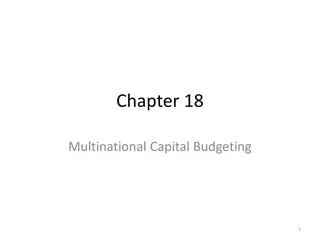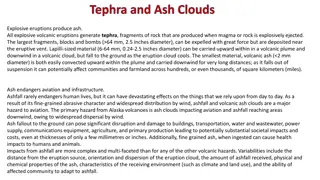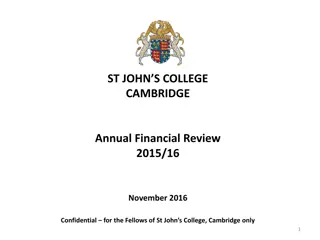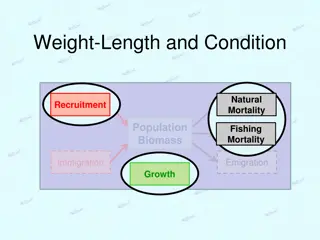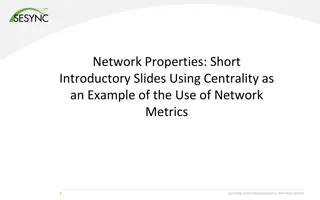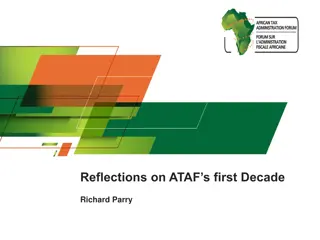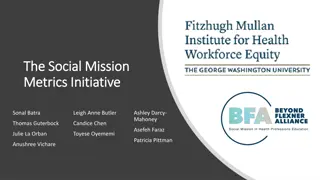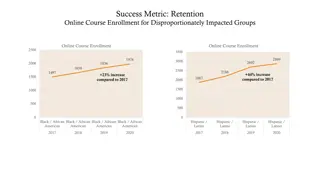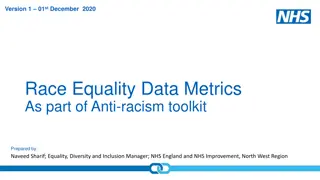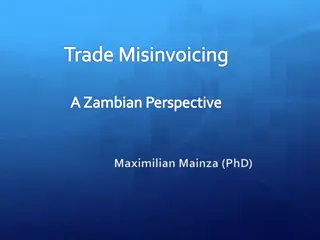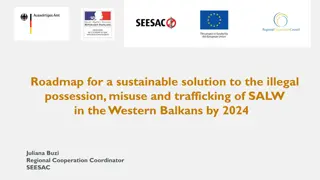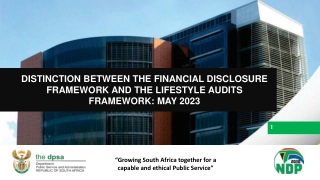Understanding Illicit Financial Flows: Metrics and Definitions
Explore the world of Illicit Financial Flows (IFFs) through discussions on meaningful metrics, definitions, typologies, and estimation methods. Learn about the importance of reducing IFFs by 2030 and strengthening global financial transparency efforts.
Uploaded on Sep 24, 2024 | 0 Views
Download Presentation

Please find below an Image/Link to download the presentation.
The content on the website is provided AS IS for your information and personal use only. It may not be sold, licensed, or shared on other websites without obtaining consent from the author. Download presentation by click this link. If you encounter any issues during the download, it is possible that the publisher has removed the file from their server.
E N D
Presentation Transcript
Estimating illicit financial flows: Meaningful metrics for post-2015 Jakarta, 20 October 2015 Financial Transparency Coalition annual conference alex@taxjustice.net @alexcobham
IFF in the SDGs: Success! 16.4 By 2030, significantly reduce illicit financial and arms flows, strengthen the recovery and return of stolen assets and combat all forms of organized crime 17.1 Strengthen domestic resource mobilization, including through international support to developing countries, to improve domestic capacity for tax and other revenue collection
IFF in the SDGs: Now what? By 2030, significantly reduce illicit financial flows Requirements: Definitional consensus (<unanimity?) IFF statistics baseline: global, national for 2015 Ability to track consistently over time
IFF definitions Illicit = illegal (e.g. GFI) Illicit financial flows (IFFs) are illegal movements of money or capital from one country to another. GFI classifies this movement as an illicit flow when the funds are illegally earned, transferred, and/or utilized. Illicit illegal Illicit: forbidden by law, rules or custom (OED) Illicit > illegal (e.g. tax); illicit < illegal (e.g. B burg & Khan) But in all cases, for legal or social reasons, illicit = HIDDEN
and content By aim (e.g. Raymond Baker, 2005) Commercial tax evasion Laundering of criminal proceeds Corruption and bribery of public officials By channel Trade (and debt) mispricing Investment mispricing Public contract mispricing Anonymity in investment, contracting Key point: channels and aims do not map 1:1.
Towards a broad typology 1. Market/regulatory abuse 2. Tax abuse 3. Abuse of power (including theft of state funds and assets) 4. Proceeds of crime Each can be situated in terms of capital legality; and transaction licitness
From definition to estimation Anomaly-based estimation dominates, e.g. Trade mispricing (GFI, B&N, UNECA, Pak ) Capital account measures (Dooley et al, GFI, B&N) Undeclared wealth (Henry/TJN, Zucman) Multinational tax BEPS (TJN, OECD, UNCTAD, IMF) Specific channel case study, e.g. stolen assets (StAR, GW, TI); tax incentives? New avenue: vulnerability to financial secrecy (Mbeki and 2016 )
Directions of progress Anomaly-based estimation: Data is key Quality (confidence anomalies are real trade!) Quantity (coverage, comparability eg CBCR) Granularity (disaggregation, detail, proof cases) Specific channel case studies: Resources Vulnerability to financial secrecy: both! But much data in Financial Secrecy Index 2016...
Next steps Data: SDGs are golden opportunity What does an IFF data revolution look like? Which organisations need to deliver? Who s talking to them? Are you?? Resources: as above. Major funders have embraced 16.4, must ensure deliver baseline+ FTC: responsibility as leading experts. - First step: forthcoming paper surveying existing estimates & looking ahead. Your role?
Estimating illicit financial flows: Meaningful metrics for post-2015 Jakarta, 20 October 2015 Financial Transparency Coalition annual conference alex@taxjustice.net @alexcobham


